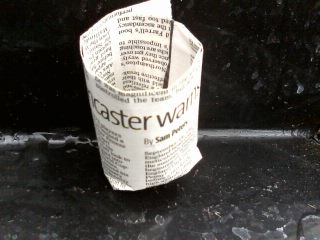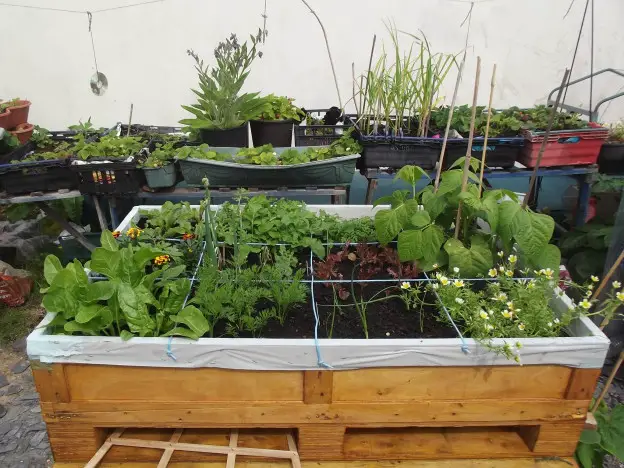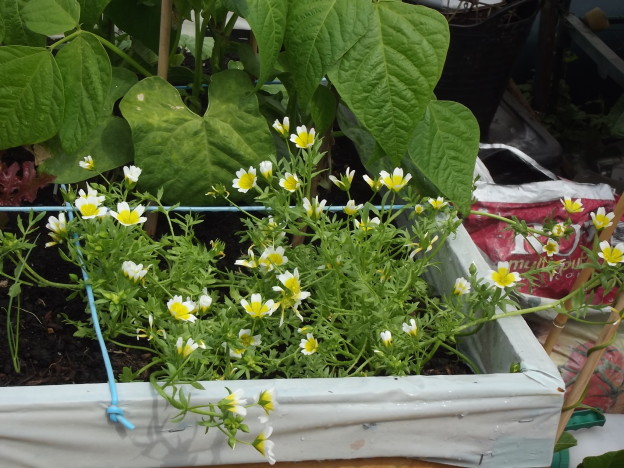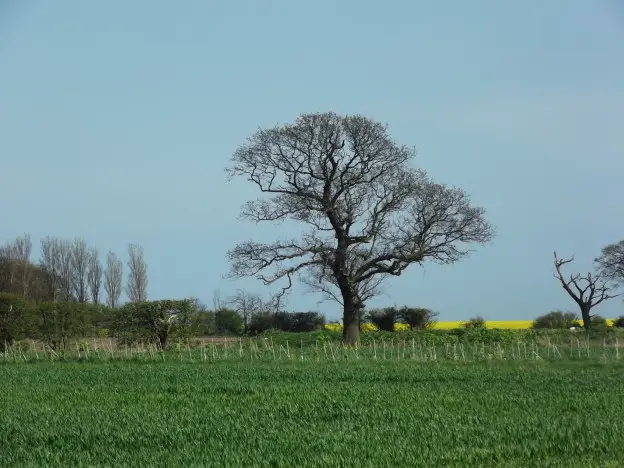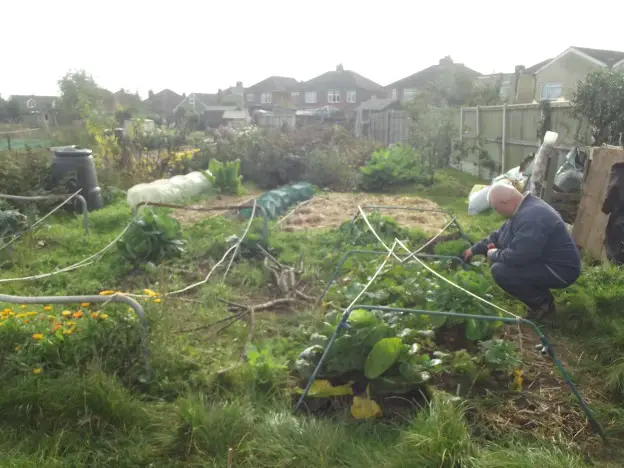Growing squashes
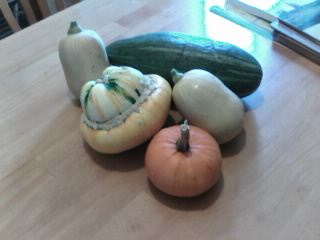
selection of squashes from the plot
To my mind nothing is more pleasurable than successfully growing squashes.Squashes are relatively easy to grow, they pretty much all require the same things so I’ll bunch all of the following together; Courgettes Marrows Pumpkins Butternuts Cucumbers Patty pans Growing squashes Plant squash seeds in compost and start off about six weeks before last expected frosts where I am (Essex) this is usually late March. I grow one seed in a small pot then pot on as they develop usually I have to pot on three times before it is time to plant outside and the plants are usually quite well established… → Read More



